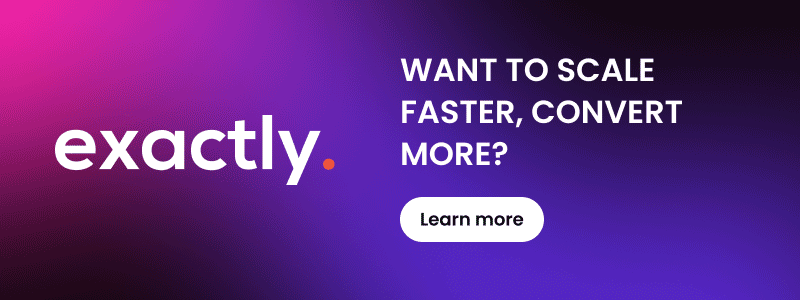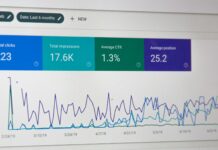Dynamic targeting has become a vital strategy for online retailers who want to stand out and drive real results. If you want to increase conversions without slashing prices or relying on broad discounts, this approach offers a smarter way forward. Continue reading to find out how dynamic targeting can transform your eCommerce campaigns!

What Is Dynamic Targeting?
Dynamic targeting means tailoring your marketing campaigns based on real-time data and specific customer behaviours. Rather than showing the same message to everyone, you create personalised offers that reflect what individual users actually want.
For example, a shopper browsing beauty products might receive a tailored offer for skincare, while someone looking at high-end watches could be shown a loyalty discount on accessories. This level of relevance keeps your brand engaging and your offers compelling.
Why It Works So Well
What makes dynamic targeting so effective is its focus on customer intent. It uses browsing behaviour, purchase history, location, and even basket value to create real-time, tailored messages. Platforms like RevLifter help brands use this data to deliver timely promotions that resonate with shoppers.
Instead of guessing what might work, you use clear signals from the shoppers themselves, boosting your chances of conversion.
The Real Benefits for eCommerce
Dynamic targeting is more than just a buzzword. Here’s how it delivers results:
Higher Conversion Rates
When offers are tailored, customers are more likely to respond. You’re not interrupting their journey, you’re enhancing it.
Smarter Discounting
Generic discounts can shrink profit margins, but dynamic targeting allows you to offer the right discount to the right person, increasing the likelihood of a sale without sacrificing revenue.
Improved Average Order Value
Targeted promotions can gently encourage shoppers to add more to their basket. You can, for instance, boost AOV with targeted promotions that reward customers for reaching a spend threshold or suggest complementary items.
Reduced Abandonment
A well-timed pop-up or exit offer can make the difference between a lost sale and a completed checkout. Dynamic tools let you trigger offers based on behaviours like cart abandonment or hesitancy at checkout.
How To Start Using Dynamic Targeting
Getting started doesn’t have to be overwhelming. Begin with these few simple steps and see the results yourself:
- Analyse your current user data: Look at browsing patterns, purchase history, and where users drop off.
- Segment your audience: Group users by shared traits like location, purchase frequency, or interest categories.
- Choose the right tools: Use platforms that offer real-time personalisation and automation.
- Test and refine: Run A/B tests to find out which types of offers and triggers deliver the best results.
Each step helps you get closer to the kind of campaign that responds intelligently to your audience’s needs.
Smarter Campaigns Start With Smarter Targeting
Dynamic targeting gives you a way to increase relevance without increasing costs. It helps you speak directly to each shopper, making them feel valued and understood. When your offers feel personal, customers are more likely to act.
If you’re ready to stop relying on guesswork and start creating campaigns that convert, now is the time to tap into dynamic targeting.





















